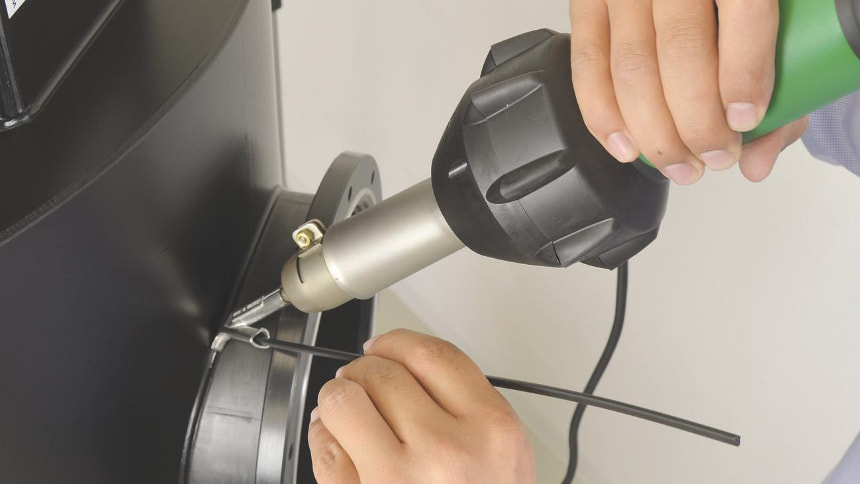|
Every plastic has a set of parameters (temperature, pressure, time/speed) at which it should be welded. However, the perfect temperature for the application can vary depending on environmental conditions. If you are welding in a less than ideal environment, the only way to find the perfect welding temperature for your project is trial and error. If welding is taking place outdoors be sure to perform test welds periodically throughout the day to ensure your temperature is set correctly, as the environment can change over time.
With this in mind, here are some guidelines to help you narrow down the starting temperature depending on the material being welded:
Welding a different plastic? See our more in-depth temperature charts for Hand Welding and Extrusion Welding.
There are also indicators that can help guide you to the correct temperature. The ultimate sign of correct welding temperature is a strong weld
Indicators: Welding temperature is too HIGH
Indicators: Welding temperature is too LOW
Indicators: Welding temperature is GOOD
Read our article on evaluating your welding seam for tips on what to look for in a weld. Originally Published: 10/22/2014 Comments are closed.
|
|
STANMECH Technologies Inc.
944 Zelco Drive Burlington ON L7L 4Y3 | 1-888-438-6324 | [email protected] Terms of Use Privacy Terms and Conditions of Sale Warranty Policies |
|
Proud Member of:


